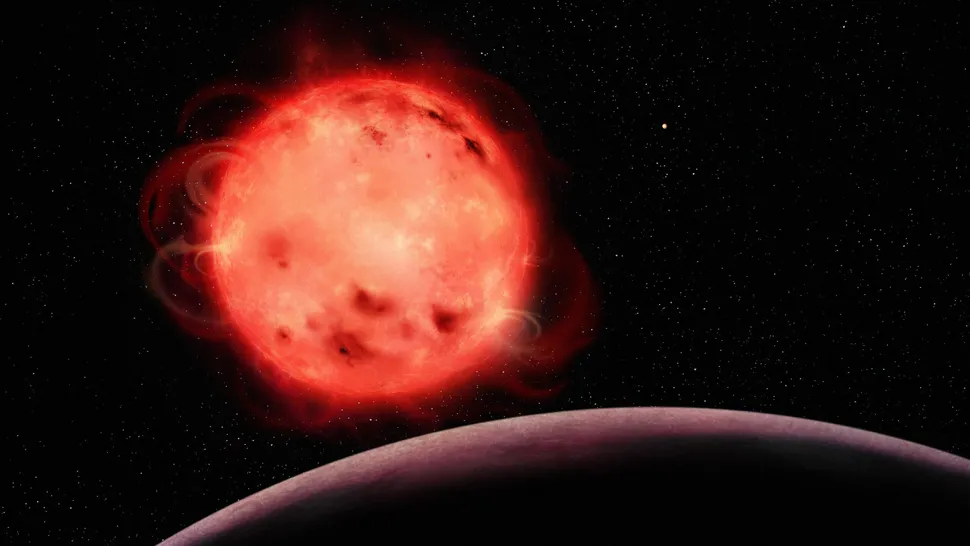Explore how NASA’s JWST decoded TRAPPIST-1 star flares, offering insights into habitable exoplanets. Learn about these groundbreaking discoveries.

NASA’s James Webb Space Telescope (JWST) has provided a unique perspective on a volatile star situated at the center of a system containing seven potentially Earth-like worlds, some of which may be conducive to supporting life as we understand it.
The advanced space telescope closely examined four explosive flares originating from TRAPPIST-1, a cool red dwarf star located approximately 41 light-years away from Earth in the Leo constellation. Scientists managed to decipher the radiation emitted during these flares in the star’s regular light, offering valuable insights that could aid in the search for habitable conditions within this remarkable system.
Ward Howard, the lead author of the research and a NASA Sagan Fellow at the University of Colorado, Boulder, highlighted the significance of this achievement: “Because of JWST, it is the first time in history that we’ve been able to look for planets around other stars that have the sorts of secondary atmospheres you could find around, say, Earth, Venus, or Mars. If we want to learn more about exoplanets, it’s really important to understand their stars.”
Read also: https://usaistrending.co.in/space/prada-axiom-space-space-suits/
TRAPPIST-1, a red dwarf star roughly the size of Jupiter with about 9% of the Sun’s mass, belongs to the most common type of stars in the Milky Way. Despite their smaller size, red dwarfs like TRAPPIST-1 are known for their high activity, emitting frequent and powerful bursts of energy, unlike our Sun, which has similar outbursts only on a monthly basis.
The intense activity of red dwarfs presents a challenge for studying the atmospheres of their exoplanets. Astronomers typically analyze alien atmospheres by observing how light passes through them, but the erratic emissions of stellar radiation complicate this process.
To address this challenge, Howard and his team observed the flares emanating from TRAPPIST-1 during a span of approximately 27 hours. They then isolated these bursts of light from the star’s regular emissions, effectively filtering out around 80% of the radiation produced by the flares.
Howard explained the importance of this method, stating, “If you don’t account for flares, you could detect molecules in the atmosphere that aren’t really there or get the amount of material in the atmosphere wrong.”
Furthermore, the team not only managed to observe a stellar flare in specific infrared wavelengths for the first time with JWST but also meticulously recorded the evolution of these four flares. They watched as the flares increased in brightness over several hours before reaching their peak and subsequently fading.
This innovative approach is expected to play a pivotal role in obtaining clearer images of planetary atmospheres and is likely to be applied extensively to the TRAPPIST-1 system, according to the researchers.